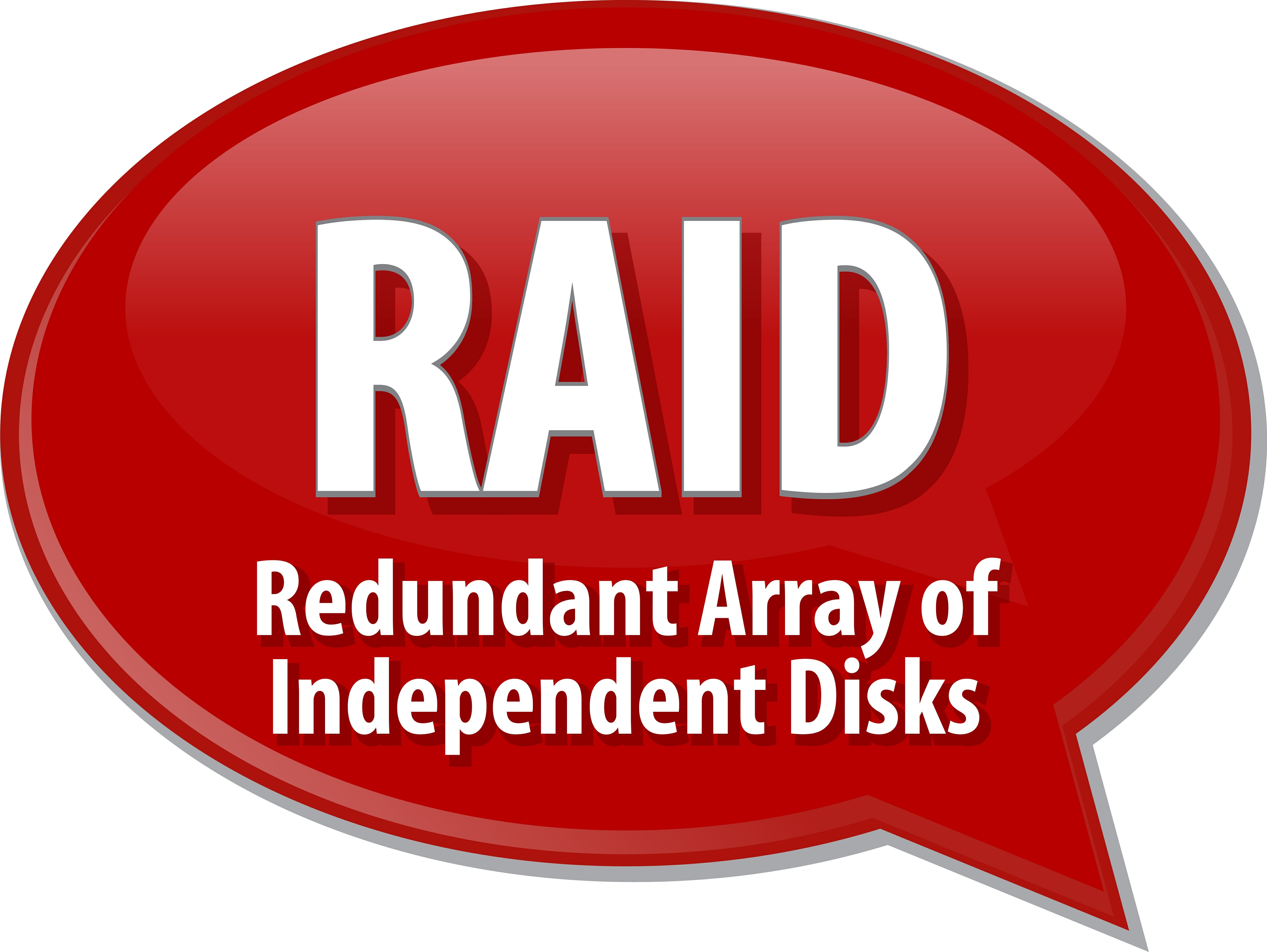Every industry has jargon — special words that mean something only to those knowledgeable about that industry. Most industries have used more or less the same terms for years, many for decades or even centuries. Tech, however, is constantly evolving and developing. New terms are coming along all the time, and sometimes people aren’t 100 percent clear which term means exactly what.
Even those intimately familiar with technology can sometimes get confused and incorrectly substitute one word for another that doesn’t mean exactly what they think it does. Such is the case with the terms backup, redundancy, and RAID. What do these terms mean, and what are the differences among them?
What are Redundancies?

Redundancies are secondary systems put in place to support primary systems. If done correctly, a redundant system will kick in automatically and take up operations if and when the primary system goes down for whatever reason. There can be multiple layers of redundancies, so that if the primary system goes out, a secondary kicks in, and if that fails a third one takes its place, and so on. There are several types of redundancies common to the IT infrastructure, including network redundancy, power redundancy, hardware redundancies (especially for critical components like hard drives), and geographic redundancies (a backup data center in a different geographic location that can take up operations if the primary data center is knocked out by extreme weather or other circumstances).
What are Backups?
Backups are not redundancies. Backups are secondary copies of data that can be used to restore systems if the primary data system is lost, destroyed, or otherwise rendered useless. There can (and should!) be redundancies of backup systems. At the very minimum, businesses should have one onsite and one offsite backup system. The frequency of backing up varies according to how often the data changes. If new data is added or current data is altered continuously, multiple backups per day might be needed. For businesses with little changes or additions to data sets, a backup once per day or even once per week might be sufficient.
What is RAID?

This particular RAID holds no threat to the roach population.
RAID is like the child of redundancies and backups. RAID is an acronym for Redundant Array of Independent Drives, and it is exactly what it says — RAID is a series of interconnected drives that are set up with identical specifications to the primary systems. The drives divide and replicate the data that is saved on the primary system, such as a mirror drive that mimics the primary drive exactly, or distributed drives that distribute the data across multiple drives. RAID is a system that allows for maximizing uptime of the system. The setup is configured so that if primary systems go down, the secondary system(s) step up to take over the workload temporarily until the primary systems can be repaired and restored.
RAID is essential only in environments where uptime is critical to business operations, but backups are necessary for every computer system. Redundancies, like RAID, are only important to the extent that investments in the products produce a ROI to the business. For instance, if a network outage could cost your business significant money, network redundancy is worth the cost. If, however, your business can tolerate some downtime, network redundancy might not be worth the expense.
The post Backups, Redundancy, RAID, and Your Network appeared first on BACKBOX BLOG.